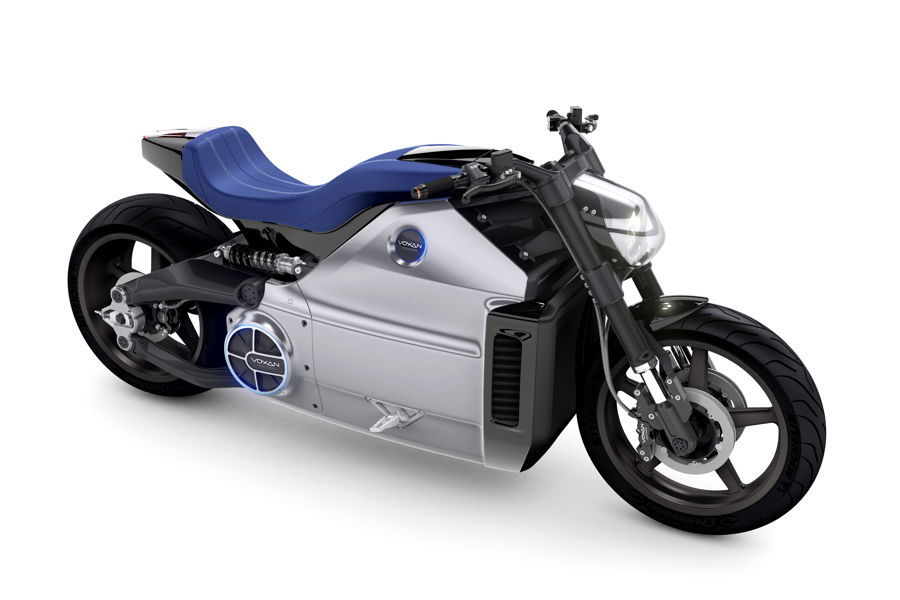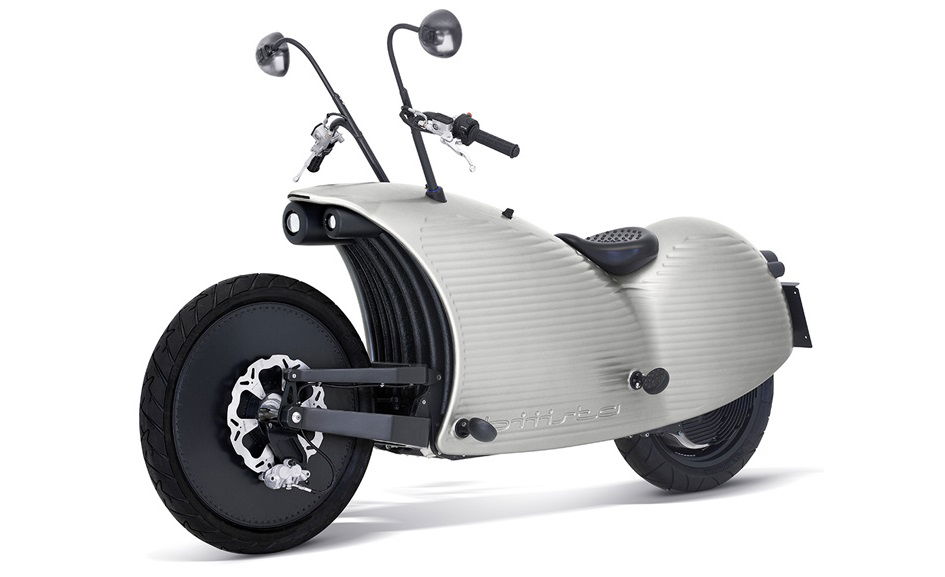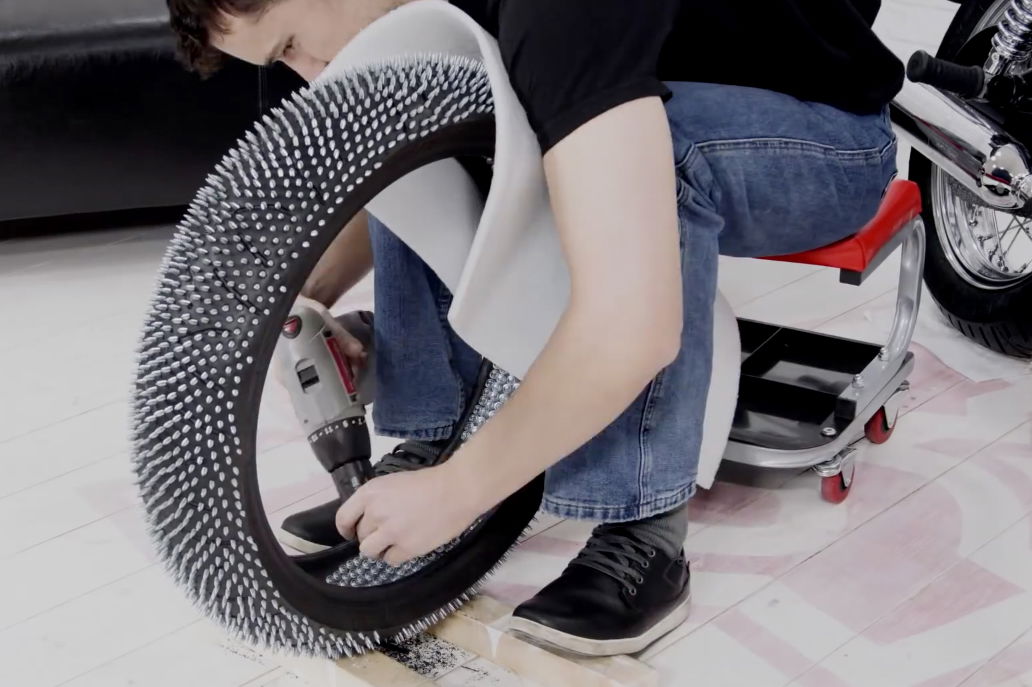Lunchtime debate: Why electric bike makers are mostly doing it wrong
Electric bikes need to be sugar-coated, not rolled in the technological equivalent of wasabi sauce, argues Visordown's anonymous industry expert


FOR better or worse, one unavoidable aspect of my job is to stay pretty tightly on top of what’s going on in the bike industry. I need to know who’s developing what, how they’re doing it and what they hope to achieve with the result.
And I flatter myself to think I’ve got a pretty good handle on it. At least I do in every field except the one that seems to be increasingly gaining column inches: electric bikes. I’ll be honest, I shudder inside every time I hear that another unknown start-up company is about to launch some world-changing new battery-powered creation.
But my reaction isn’t anything to do with a prejudice against battery power. Sure, I think the technology isn’t quite ready for the mainstream just yet, but it’s coming, like it or not. If you keep up with the four-wheeled world, you’ll know that Elon Musk’s Tesla operation is taking some pretty heavyweight scalps these days with its incredible Model S (although I still hate its touchscreen controls).
It can’t be too long before an electric bike turns up and manages to pull the same trick as Tesla, but at the moment I’m still struggling to see where that bike is coming from, because virtually every firm dedicating itself to electric motorcycles seems intent on reinventing other elements of bikes at the same time.
Whenever I look at an electric bike, before I even consider the power unit, I ask one, simple question: would it be a success if it was conventionally powered? And nine times out of 10, the answer is a resounding ‘no.’ These guys are crippling their chances before they even start, because not only are they asking the buying public to leap into the unknown with an electric bike, but to swallow some other unconventional element at the same time.
Let’s look at a few examples from 2014. There was the new Bultaco in May. In terms of performance and range, it might be quite acceptable, but why on earth did they decide to lumber it with a Hossack front end? I have a lot of time for Norman Hossack’s suspension ideas, but any bike without normal-looking forks is always going to be a tough thing to sell, and that’s before you throw in the fact it’s electric.
Then there was the Johammer J1. Which looks like a massive slug and again opts for unconventional front suspension, this time a hub-centre-steer system. Electric power is the least of its problems when it comes to making sales.
So, what else has been making news in terms of new electric bikes? Oh, there’s the Voxan Wattman, which they got Sacha Lakic to design. Just in case you can’t put your finger on where you’ve heard that name before, he did the Bimota Mantra, which always comes high on those lists of ‘ugliest motorcycles’ that turn up every now and then. And it’s a 10/10 stunner compared to the Agility Saietta R, which manages to get weird suspension as well as proportions that make it look like it’s had a really bad crash.
I don’t mean to pick on those guys in particular. It seems that weird proportions or wacky suspension systems are just par for the course on every new electric concept.
It's as if they don't realise they’re already taking on a massive task in persuading motorcyclists – who are largely traditionalists that shun change – to shift to electric power. It’s a big and bitter pill for many to swallow, so it needs to be sugar-coated, not rolled in wasabi. To put it another way, if you discovered that horse hoof clippings were a tasty snack and decided to market them as an alternative to potato crisps, you’d probably make the initial flavour options as familiar and comfortable as possible. However delicious they were, you might find that if, instead of ready-salted and salt-and-vinegar you offered only toad’s liver and ocelot-spleen flavours, sales would be slow.
In fact, what a lot of these bike designers are doing is even worse than that. The stuff they’re adding isn’t merely the unknown quantity when it comes to real-world success. No, things like hub-centre-steering and ugly, unconventional styling have all been tried before, on traditional, petrol-powered bikes. Guess what? They’ve almost always failed. So what makes anyone think that adding any of it to an electric bike is going to somehow reverse that track record?
It can’t be a coincidence that the few firms starting to make real headway in the area, such as Brammo, offer machines that are absolutely as conventional as possible in every respect apart from their power units.
Wouldn't it be interesting if Harley turned its LiveWire into a full-scale production model instead of a customer feedback exercise.
Once buyers are convinced that electricity isn’t just a replacement for the internal combustion engine but an actual advance on it, then the makers can feel free to throw in as many mad suspension or styling ideas as they want. Some of them might even stick. In the meantime, combining electric power with ‘radical’ technology that has a proven track record of commercial failure probably isn’t the greatest business plan.



